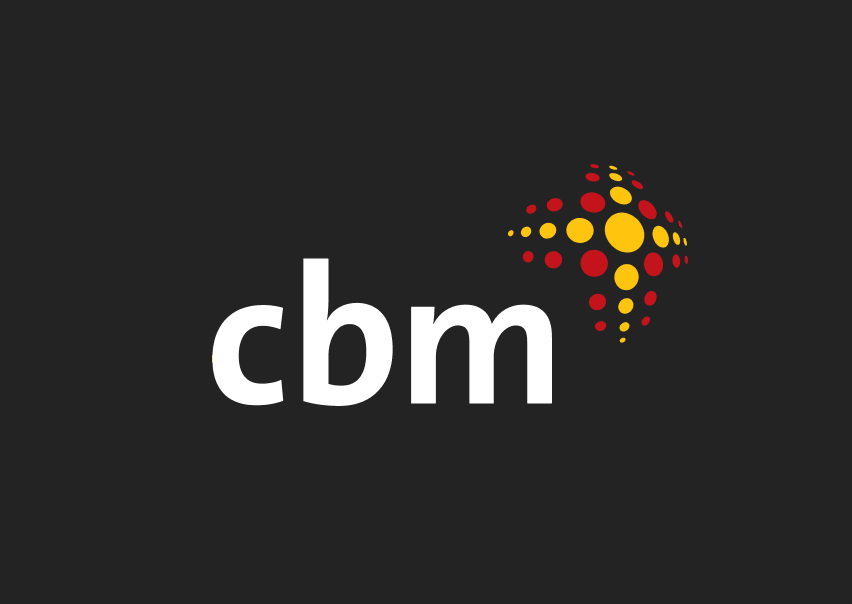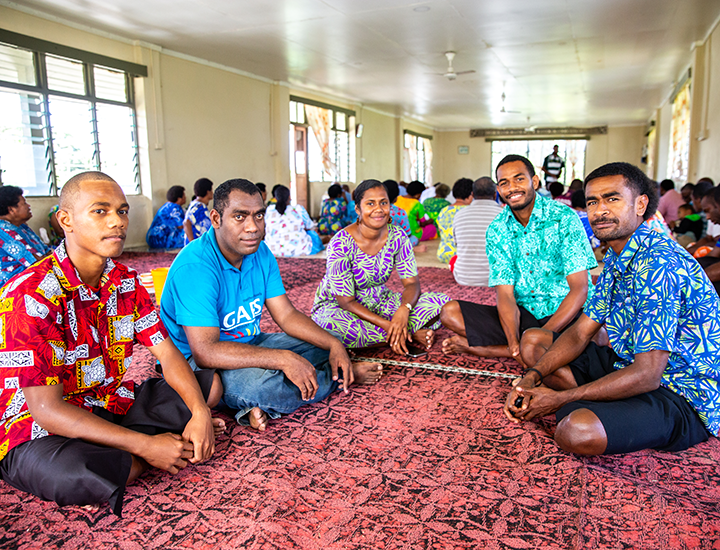Analysis: tackling trachoma through a three-pronged approach
Stories | February 11, 2022
What is trachoma?
Trachoma is an eye disease caused by infection from personal contact (hands, clothes, or bedding) and by flies. Reinfection over time can result in the eyelashes rubbing on the surface of the eye causing damage to the cornea and resulting in permanent blindness. According to the World Health Organization, trachoma is a public health concern in 44 countries, and affects the vision of about 1.9 million people, while another 137 million people live in trachoma endemic areas and are at risk of contracting trachoma. Treating trachoma involves a number of steps, which spell out the acronym SAFE:
- Surgery for advanced cases of the disease;
- Antibiotics to clear the bacterial infection;
- Facial cleanliness and personal hygiene;
- Environmental improvement to prevent further spread of the disease.
The WHO estimated that in 2019 more than 95.2 million people were able to access trachoma treatment and support, and CBM was glad to be able to contribute towards this positive change. Our dedicated trachoma project in Amhara, Ethiopia aimed to eliminate trachoma from the region.
CBM recognised just how vital it was to do more than just treat trachoma where it occurs, but also support the local healthcare workers to improve education around the transmission of the disease and what steps could be taken to improve personal hygiene and environmental factors. Training these healthcare workers and community groups helped address the underlying causes and prevent future spread of the disease. For these reasons, CBM prioritised a three-pronged model.
Three-pronged model
1. Addressing the symptoms: trachoma treatment
CBM’s project set trachoma screening and treatment targets and tracked follow-up consultations to reduce the prevalence of trachoma in the community. The project team ran health education sessions with the community on the transmission, treatment and prevention of trachoma. Covid-19 prevention messages were seamlessly integrated into these education sessions – given they both focused on personal hygiene.
For people already affected by trachoma, getting access to surgery and medication would prevent blindness. Follow-up appointments ensured we tracked that treatment was effective. We supported the upskilling of local health workers to screen and refer patients for further treatment.
2. Addressing the underlying causes: improving sanitation and hygiene
Part of the challenge of trachoma is to reduce the spread of the infection through improving community sanitation and hygiene practices. Flies can carry the bacteria so the challenge is to prevent flies accessing contaminated water and waste. Improving community water supplies through installing improved bore water and wells was a focus. Our teams also focused on changing people’s behaviour regarding hygiene and working with communities to improve latrine access and reduce open defecation.
The provision of safe water and latrines led to an increase in girls attending schools and women no longer having to cover vast distances to fetch safe water, where they were at risk from assault and animal attacks, including hyenas.
3. Future-focused: upskilling community health workers
Providing further training for community health workers and the formation of local water sanitation and hygiene committee (WASHCOs) ensured the community continued to reduce the prevalence of trachoma in the regions.
Following training, 20 committees took over management and maintenance of the clean water schemes and sanitation facilities. Female village hygiene educators (VHEs) were trained to assist the WASHCOs on raising awareness about the importance of good hygiene and sanitation. Water infrastructure maintenance training was also provided by the government.
Changes were evident everywhere: in the facial cleanness of children, better water management, and improved sanitation of the communities.
“I am the eyewitness of the project in prevention and control of trachoma. I was a person with disabilities because I lost my sight due to trachoma. But now I’ve got my sight back and lead my life properly. Similarly, many women get back their sight and live comfortably. We receive eye treatment and medication. We also received proper health education to prevent trachoma.” Female beneficiary.
CBM acknowledges the support of the Australian Government through the Australian NGO Cooperation Program (ANCP).
https://www.cbm.org.au/stories/analysis-tackling-trachoma-through-a-three-pronged-approach
Related Stories

Week 2 – Lent series 2025
Lent, Solidarity and Lament “It’s like I’ve woken up in an alternate universe.” These words I have said a few times over the last three weeks....

Building a Just and Inclusive Future: Disability-Inclusive Disaster Risk Reduction and Climate Action
People with disabilities are among the hardest hit by...

Week 1 – Lent series 2025
Being held by Jesus…held together by Jesus, invites us to lean into solidarity. As we begin Lent today, we will be reflecting on the theme...
